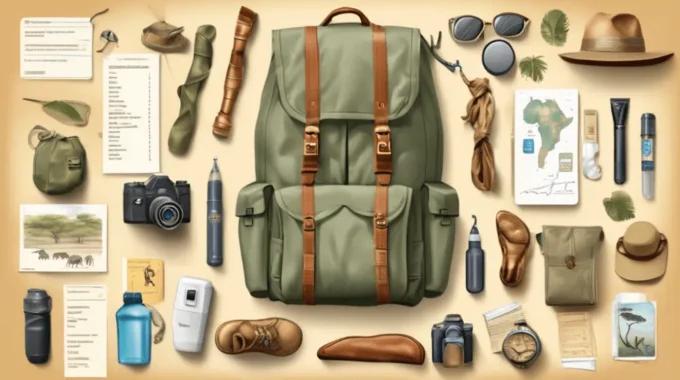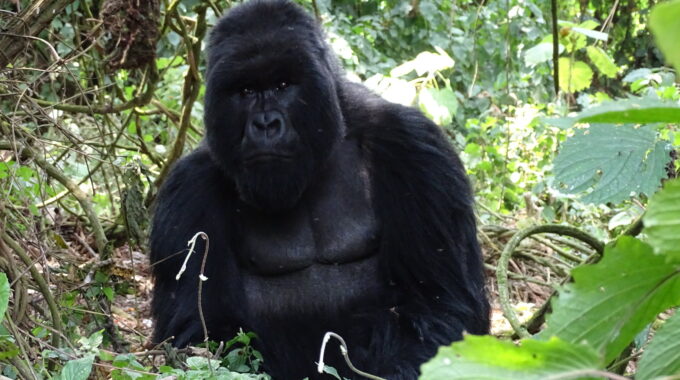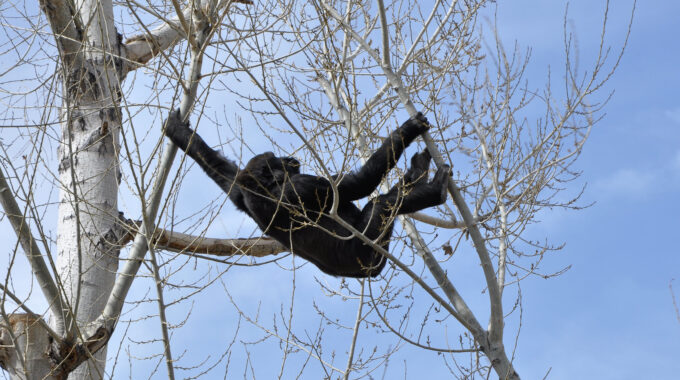10 Essentials Our Travel Experts Always Bring on Safari A safari is an exhilarating expedition. Rest…
Which season is best for gorilla trekking?
Which season is best for gorilla trekking? –
A once-in-a-lifetime opportunity to witness mountain gorillas in their natural habitat is provided by gorilla trekking. However, timing is crucial to fully enjoy this adventure. Understanding the best season for gorilla trekking will ensure you have an enjoyable, safe, and successful trek. The prime seasons for gorilla trekking in East Africa—specifically Rwanda, Uganda, and the Democratic Republic of Congo—can be broken down into two main categories: the dry season and the rainy season.

1. Dry Season (June to September and December to February)
The dry season is widely regarded as the best time to go gorilla trekking. During these months, the weather is generally more predictable, with less rainfall, which makes trekking conditions more favorable. Here’s why this season is ideal for gorilla trekking:
Better Trekking Conditions
Dry trails make it easier to hike through the dense forests, which can be muddy and slippery during the rainy season. The gorillas also tend to stay in lower altitudes during the dry months, making it less challenging to find them. The visibility is often clearer, and there is less risk of the trails becoming impassable due to rain or mud.
Comfortable Weather
Temperatures during the dry season tend to be more moderate, making the trek more comfortable. Although mornings and evenings can be cool, the days are often sunny with fewer chances of getting drenched. This is especially important for trekking through dense jungles at higher elevations, where the weather can change unpredictably.
Higher Chances of Gorilla Sightings
Gorillas are known to be more mobile during the dry season, often foraging in lower altitudes where food is more abundant. This increases the chances of encountering a family group during your trek. The reduced vegetation density and clearer weather also make it easier for trekkers to spot the gorillas when they are located.
Peak Tourist Season
While the dry season is ideal for trekking, it also corresponds with peak tourist periods, especially during July, August, and December. This means that permits for gorilla trekking can sell out quickly, and you may encounter more trekkers. However, the trade-off is the optimal trekking experience.
2. Rainy Season (March to May and October to November)
Though less popular, the rainy season offers a different set of advantages and challenges. While trekking during the rainy season presents more obstacles, it can still be a rewarding experience for those seeking a quieter, more secluded trek. Here’s what to expect during the rainy season:
Fewer Tourists
The rainy months are considered the off-peak season for gorilla trekking, which means fewer tourists in the parks. This translates to a more intimate experience, where you can enjoy the tranquility of the forest and the gorillas without large crowds. The permits are generally more affordable during this period as well.
Less Predictable Weather
While it does rain frequently, rainfall during the rainy season doesn’t necessarily mean continuous downpours. Showers are often brief and intense, with dry periods in between. However, the terrain becomes muddy and slippery, which makes trekking more challenging, especially at higher elevations. The dense vegetation can also make it harder to spot the gorillas, and the trails may be less accessible due to the rain.
Gorillas in Higher Altitudes
During the rainy season, gorillas are often found at higher altitudes due to the abundance of food. This means trekkers may have to hike longer and harder to reach the gorilla groups. While this can make the trek more strenuous, it also gives a sense of accomplishment and the opportunity to explore the more remote parts of the parks.
Rich Greenery and Lush Landscapes
One of the advantages of trekking during the rainy season is the lush beauty of the forest. The rain brings life to the vegetation, creating a vibrant green landscape that is teeming with flora and fauna. It can be a fantastic opportunity for photographers and nature lovers to capture the beauty of the jungle in its full bloom.
3. The Best Time for Specific Countries
- Rwanda: The dry season (June to September, and December to February) is the most favorable for gorilla trekking in Volcanoes National Park. Rwanda experiences mild temperatures year-round, but trekking is more comfortable during the dry months.
- Uganda: The best time for gorilla trekking in Uganda’s Bwindi Impenetrable Forest and Mgahinga Gorilla National Park is also during the dry season. However, even during the rainy season, the park is open, and trekkers can still encounter the gorillas, although the terrain may be more challenging.
- Democratic Republic of Congo (DRC): In Virunga National Park, the dry season is the best time for trekking, as the rainy months can make the terrain treacherous.
4. What to Consider When Choosing the Best Season
While the dry season offers better conditions for trekking, there are some factors to consider when planning your trip:
- Crowds: If you prefer a quieter experience, the rainy season may be a better choice, as there are fewer tourists and less competition for permits.
- Budget: The rainy season tends to offer more affordable permits, making it an attractive option for budget travelers who are flexible with weather conditions.
- Fitness and Experience: If you are physically fit and enjoy a challenge, the rainy season may appeal to you. It requires stamina and a sense of adventure, as the muddy trails and unpredictable weather will test your trekking abilities.
Conclusion
Which season is best for gorilla trekking? The best season for gorilla trekking depends on your personal preferences and what kind of experience you are seeking. The dry season (June to September and December to February) is the most popular and practical time for gorilla trekking, offering favorable weather, better conditions for hiking, and higher chances of encountering the gorillas. However, the rainy season (March to May and October to November) can also be rewarding for those looking for fewer crowds, lush landscapes, and a more peaceful experience.
No matter when you choose to go, gorilla trekking is a magical experience that will leave you with lasting memories of close encounters with one of the most endangered species on the planet.



